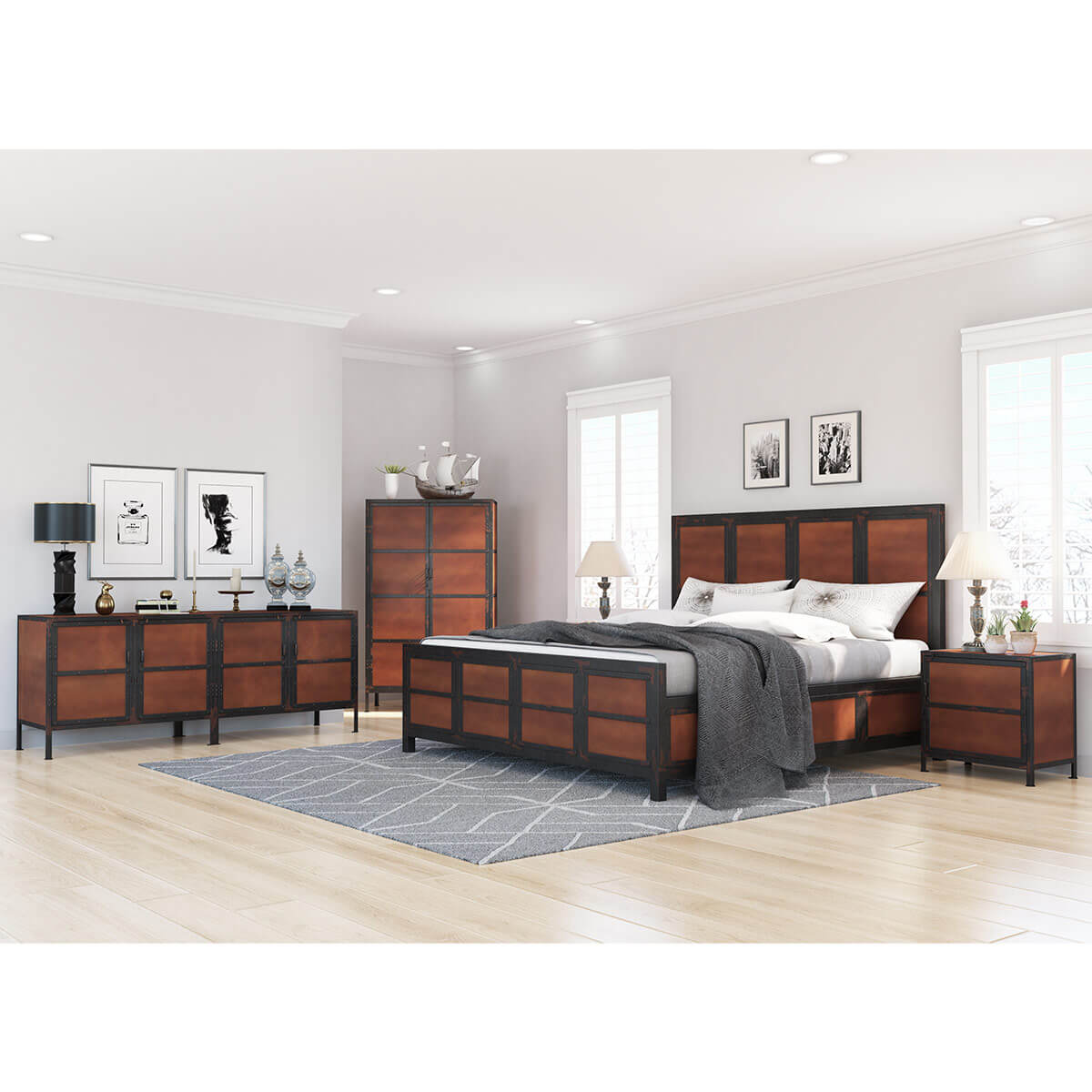All Categories
Featured
When creating a home, the style of furnishings you choose plays a significant duty in setting the total tone and ambience of a space. 2 noticeable styles that property owners usually question between are standard and contemporary.
- Design and Framework. Contemporary Furnishings: Contemporary furnishings is identified by streamlined, minimalist styles that highlight simpleness and tidy lines. Contemporary furniture tends to be ventilated and light, favoring open rooms, and commonly prevents too much design.
Typical Furniture: Typical furnishings, by contrast, attracts ideas from historical designs such as Colonial, Victorian, or French Provincial. Unlike the sleekness of modern pieces, conventional furniture commemorates workmanship, typically showcasing magnificently thorough woodwork and luxurious furniture.
- Products and Finishes. Contemporary Furnishings: Contemporary furniture is made making use of a selection of materials, consisting of metals, glass, acrylic, and timber. The surfaces are usually a lot more subtle, concentrating on matte or glossy surface areas. The products used are commonly lighter and less fancy than those located in standard furniture, but they are made to emphasize tidy lines and open spaces. Sometimes, modern furniture functions blended materials, such as timber integrated with metal or glass, to develop a balanced and stylish look.
Typical Furniture: Standard furniture is known for its use top notch, solid products, specifically hardwoods like oak, cherry, walnut, and mahogany. The construction of conventional furniture pieces is typically much more heavy and durable, built to last for generations. Coatings tend to be brightened, with rich, dark tones that emphasize the natural appeal of the timber. Natural leather and elegant materials, like velour or silk, are usually made use of for furniture, adding a feeling of opulence and convenience to typical styles.
- Color Combination. Contemporary Furnishings: The color scheme in modern furnishings is commonly more restrained and neutral. While these neutral tones are the key structure, modern furniture usually incorporates vibrant accent shades to bring in personality and vibrancy.
Traditional Furnishings: Conventional furniture, on the various other hand, includes richer, much deeper colors. Conventional furniture additionally tends to consist of much more complicated patterns and textures, such as floral motifs, damask, and stripes.
- Comfort and Functionality. Contemporary Furnishings: Convenience and functionality are crucial parts of modern furnishings. Several contemporary furnishings designs are modular, allowing for adaptability and versatility in various room sizes and designs.
Traditional Furnishings: While comfort is absolutely a factor to consider in conventional furniture, it takes a rear seat to the beauty and beauty of the design. Conventional furnishings is typically more substantial and might appear much heavier, with deep paddings and luxurious furniture. The focus in standard layouts is on giving a comfortable, cozy environment, but performance is usually not as prioritized as in contemporary designs. Traditional furniture might also feature intricate details such as tufted furniture, scrollwork, and hand-carved legs, which boost the aesthetic appeal but might not constantly offer the same degree of functionality as contemporary layouts.

- Assimilation with Various Other Styles. Contemporary Furnishings: One of the advantages of contemporary furniture is its adaptability. Given that contemporary design concentrates on clean lines and simple shapes, it can conveniently mix with various other designs, including industrial, Scandinavian, and even some typical components. Contemporary furnishings functions well in open-plan rooms, metropolitan homes, and homes with minimal decor. Its neutral shades and simple types enable it to integrate smoothly with a variety of various other style elements, making it a flexible option for those wanting to blend and match styles.
Traditional Furnishings: Typical furnishings is much more suited to homes that embrace a traditional, ageless style. It thrives in official setups and is finest fit for areas that have an extra established, timeless feeling. While it can be matched with modern or modern pieces to produce a diverse visual, typical furniture frequently sticks out on its own. The luxurious products and abundant information utilized in traditional furniture need interest, and it's ideal incorporated right into rooms that permit it to radiate. Conventional furnishings is excellent for developing a feeling of background and grandeur in an area.
- Long life and Eternity. Contemporary Furnishings: Contemporary furnishings often tends to advance with the times, mirroring present design patterns and preferences. While the modern-day appeal of these items can last for several years, they may not have the exact same enduring power as conventional furnishings. As trends change, contemporary furnishings may become out-of-date, however this can also be a benefit for those that enjoy updating their home regularly to stay up to date with layout shifts.
Typical Furnishings: Traditional furnishings, however, has an ageless quality that permits it to preserve its beauty for generations. Due to its traditional design and high-quality products, standard furniture commonly comes to be a long-lasting financial investment.
Verdict. Inevitably, the decision between conventional and modern furnishings designs depends on your individual preferences and the atmosphere you wish to develop in your house. Contemporary furniture uses sleek, minimalist styles that concentrate on functionality and versatility, making it perfect for modern living. In comparison, traditional furniture gives classic beauty and intricate craftsmanship, best for producing an elegant, classic ambiance. Both designs have their advantages, and by recognizing the key differences, you can pick the right items to match your home's distinct personality and your lifestyle needs.
Latest Posts
Comprehensive Security for Your Comfort
Published Apr 19, 25
1 min read
Washington Fencing Business Overview
Published Apr 19, 25
1 min read
Contact Us: Get in Touch for Expert Auto Repair & Service in Montclare
Published Apr 19, 25
2 min read